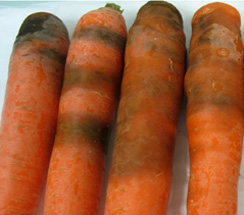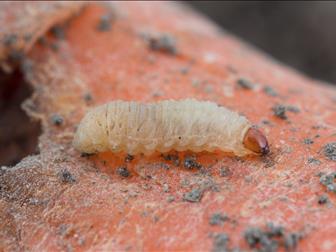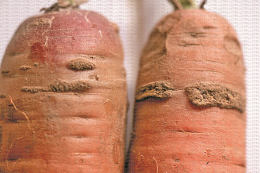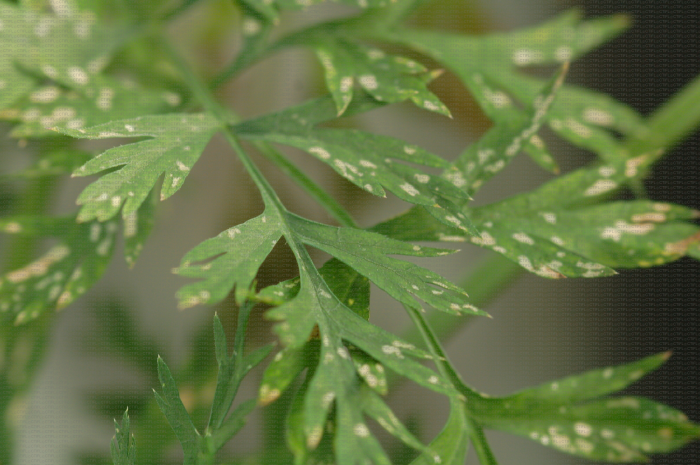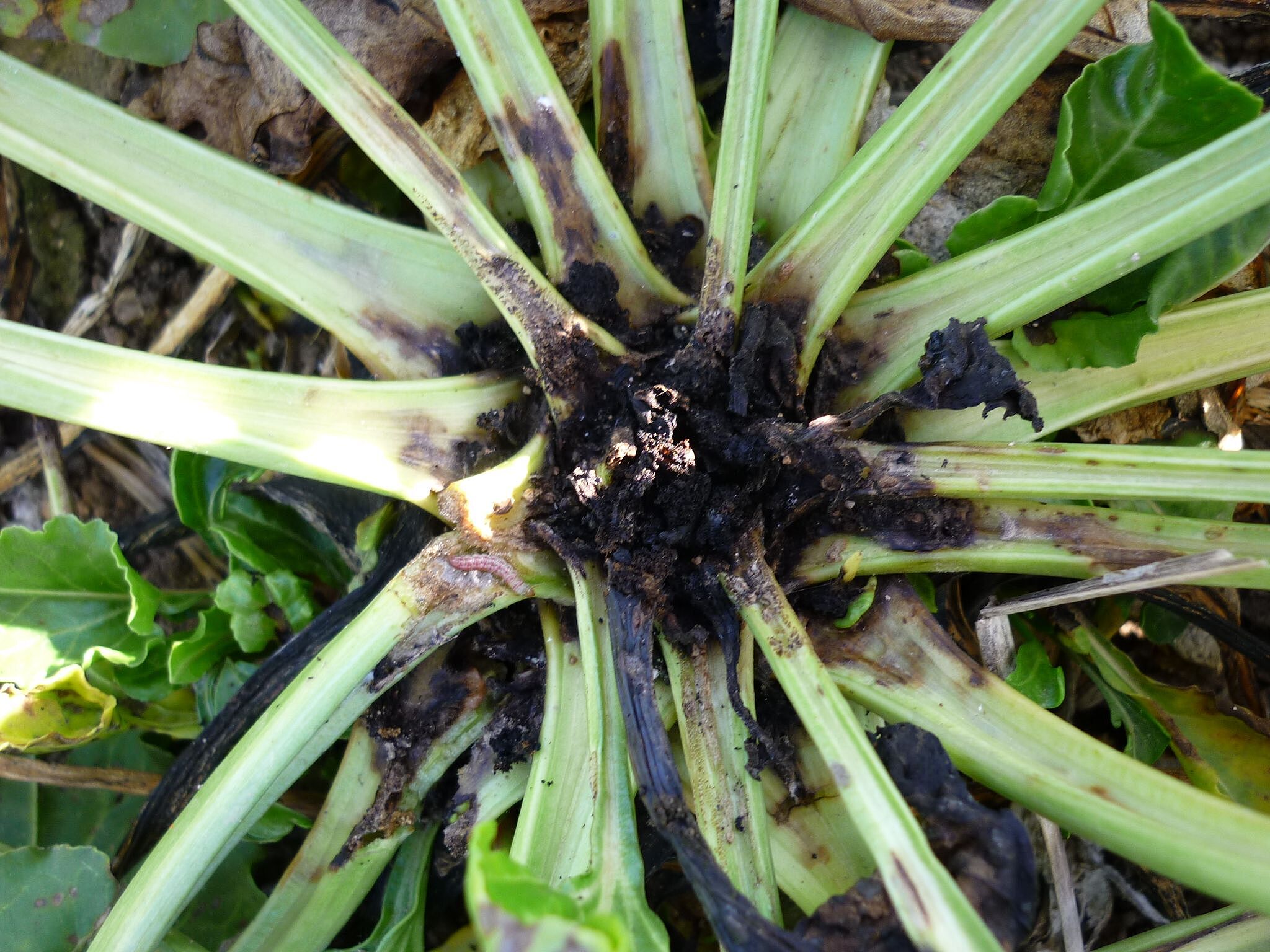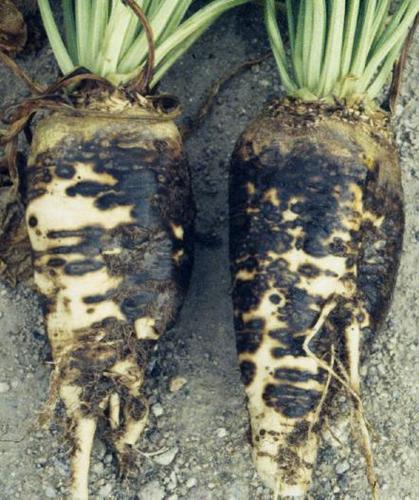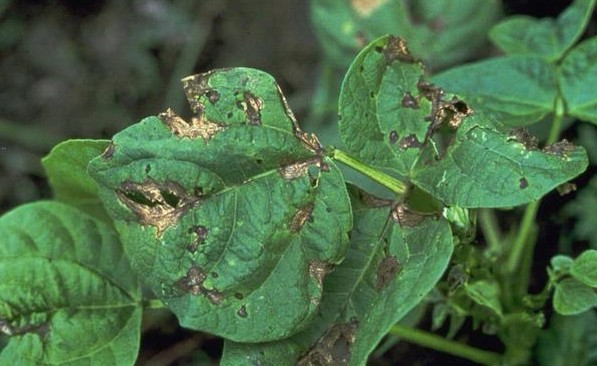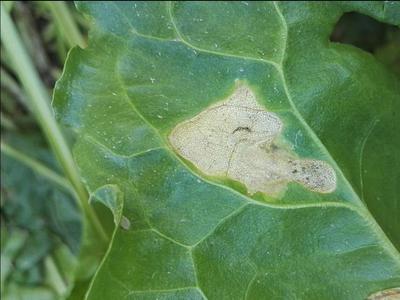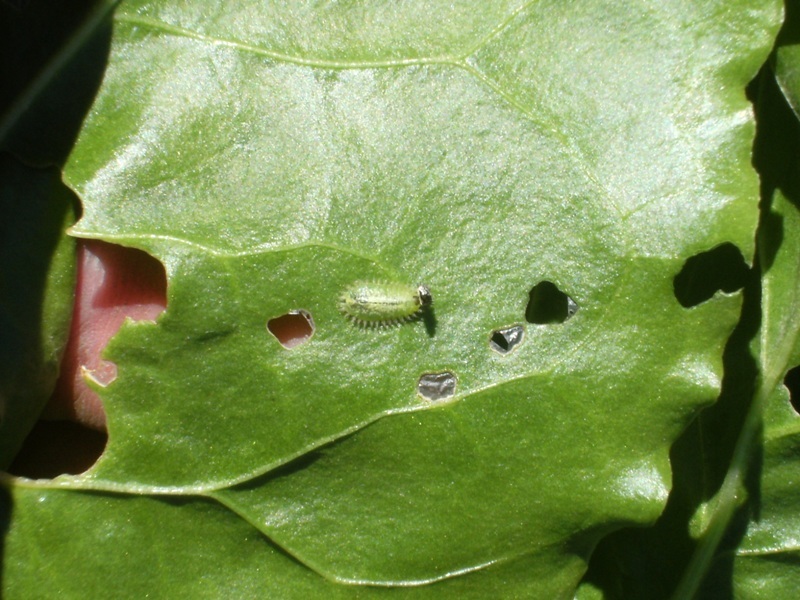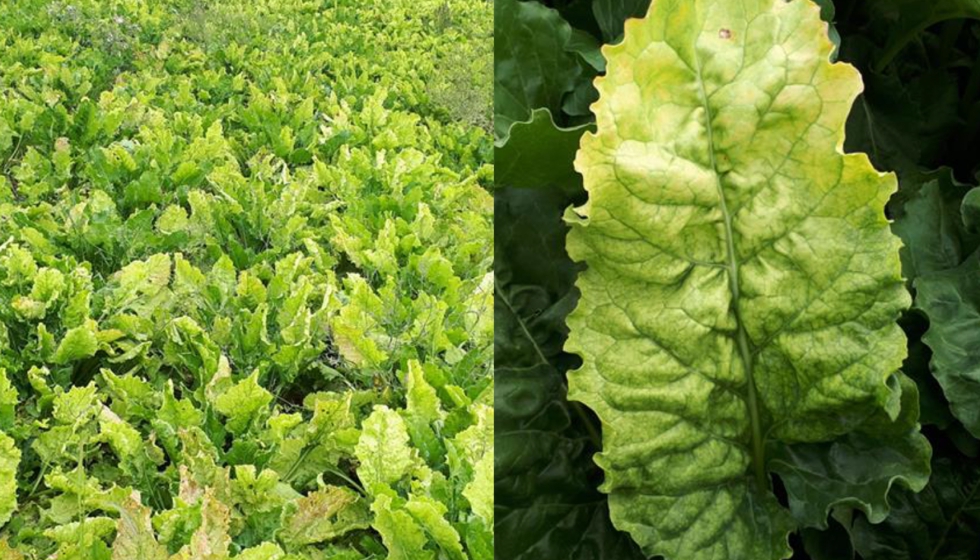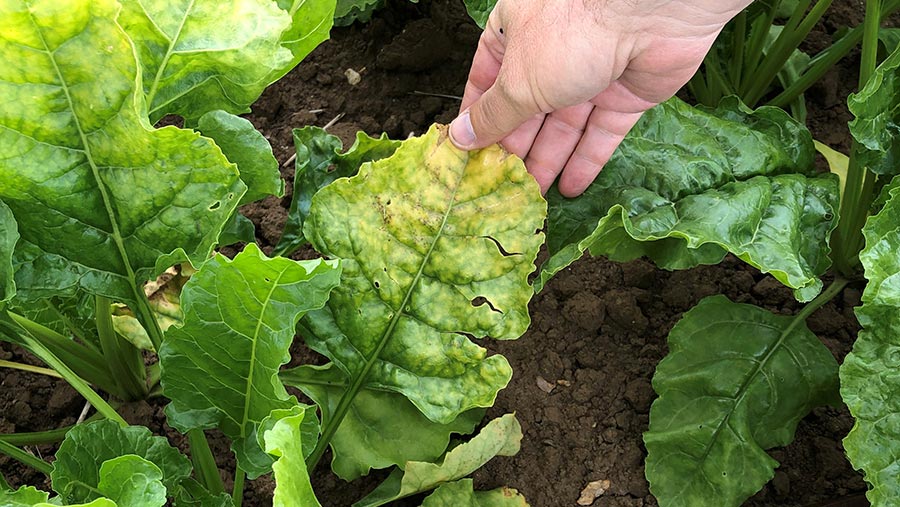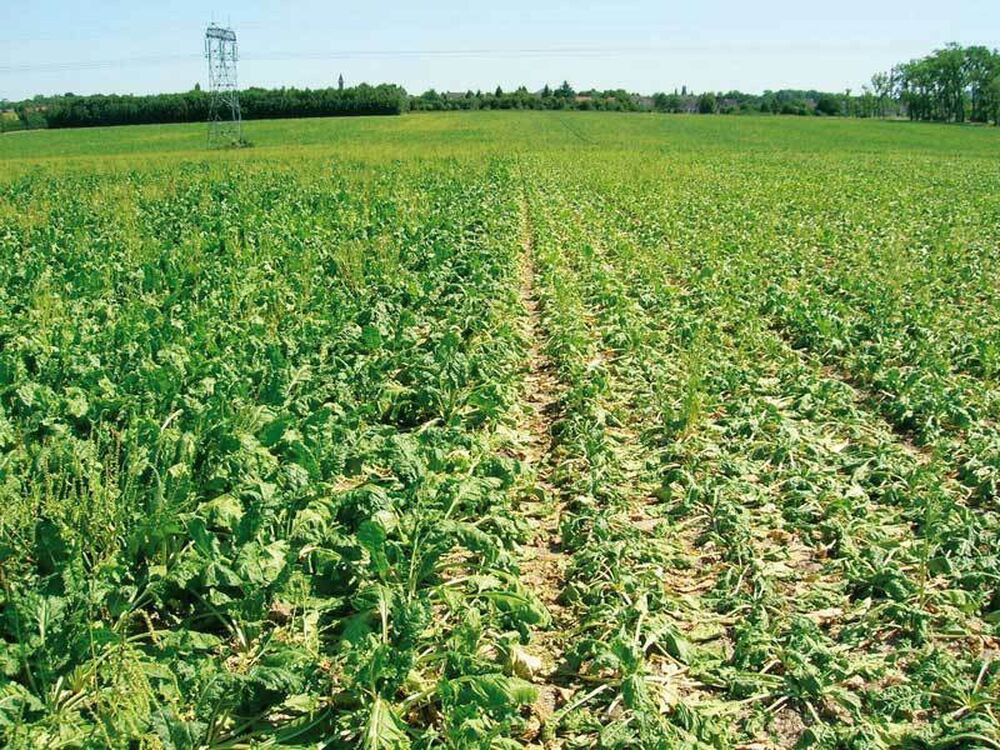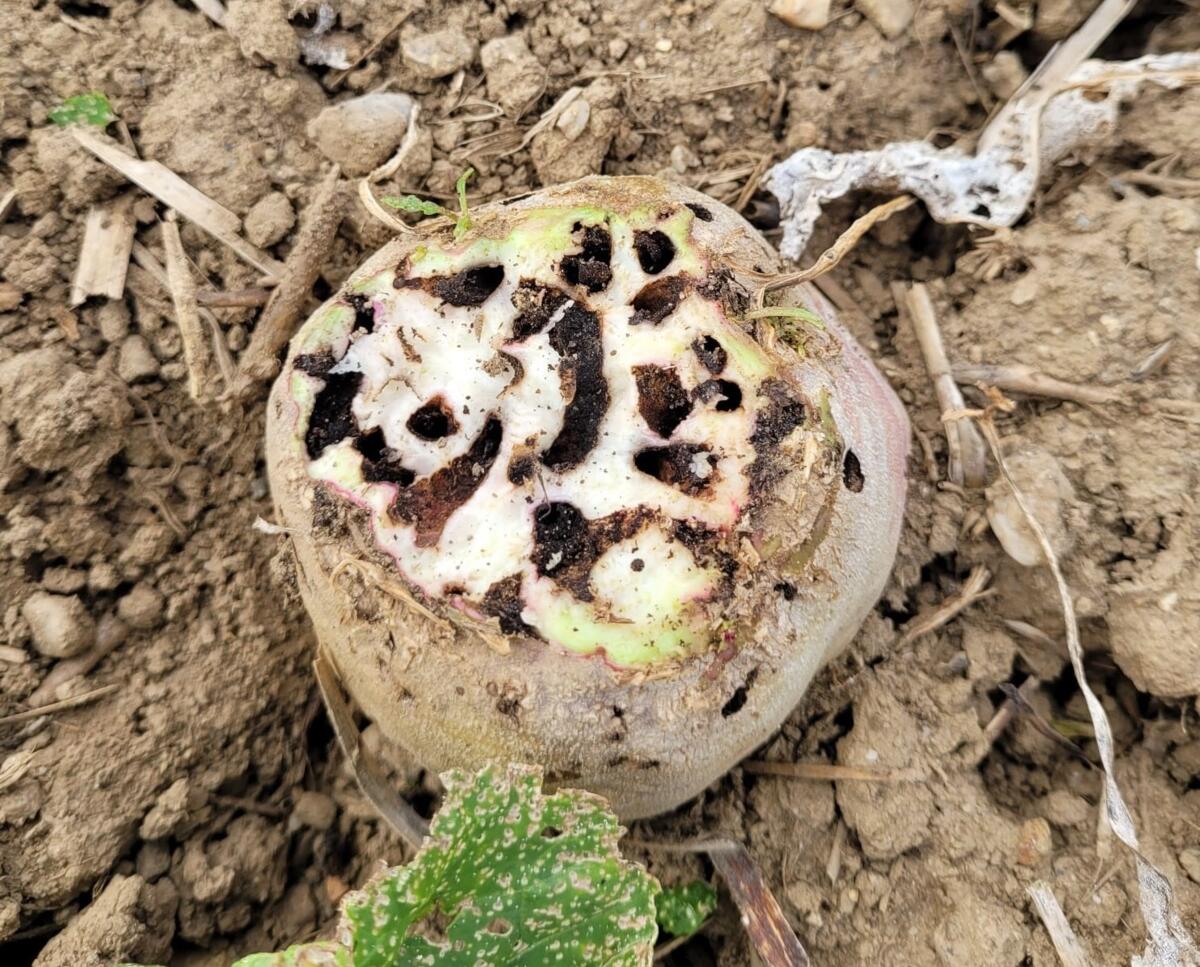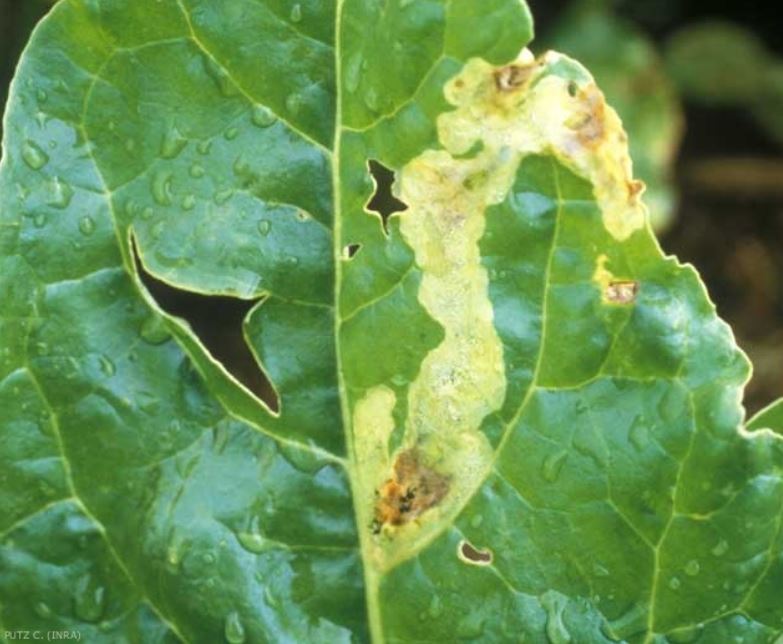
Tomate
How to recognize and combat tomato rugose fruit virus (TOBRFV)
Tomato Rugose Virus (Tobrfv)
Virus
Type:
Risk to the plant:
CRITICAL
Virus Tobrfv
Pathogen:
Virus
WHO CAUSES IT?
Tomato rugose virus (ToBRFV) is a highly contagious pathogen belonging to the family Virgaviridae and the genus Tobamovirus. This virus has a positive-sense single-stranded RNA genome. Infection begins when the virus enters tomato cells through wounds or abrasions on the surface of leaves or stems. Once inside the cell, ToBRFV hijacks the tomato's cellular machinery to replicate its RNA and produce new viral particles. These particles move from cell to cell through the plasmodesmata and spread systemically through the vascular system, infecting new areas of the plant. ToBRFV is particularly stable in the environment and can persist in infected plant remains, in soil and on contaminated surfaces, facilitating its spread and increasing the difficulty of controlling it in the field.
SYMPTOMS
In tomatoes, tomato rugose virus causes a disease that seriously affects the quality and quantity of production. The symptoms that appear in tomato plants are varied and can be severe, affecting both the leaves and the fruits.
- Chlorotic mosaic and mottling on the leaves.
- Curling and deformation of the leaves.
- Appearance of brown Taches and roughness on the leaves.
- Necrosis in the veins and stems.
- Fruits with yellow and brown Taches.
- Deformation and roughness in the fruits.
- Reduction in the size of the fruits.
- Premature fall of flowers and young fruits.


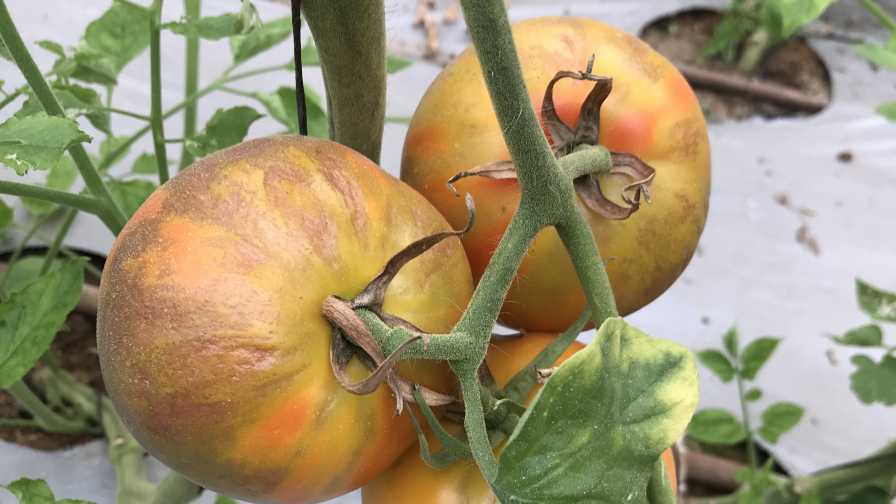
DEVELOPMENT CONDITIONS
Temperature:
20-25°C
Humidity:
60-80%
HOW IS IT SPREAD?
Direct contact with infected plants, Contaminated tools, Hands and clothing of workers, Infected seeds, Vegetative propagation
HOW TO ELIMINATE IT?
Home treatments
There are no home treatments
Natural allies
There are no natural allies
Chemical treatments
RECOMMENDED PRODUCTS TO ELIMINATE THE PEST
REPELLENT PLANTS
RECOMMENDATIONS
Measures to control viruses in already infected plants:
• Remove and destroy infected plants to prevent the virus from spreading.
• Control insect vectors using chemical or biological methods.
• Disinfect cutting and agricultural tools between uses.
• Avoid reusing contaminated substrates or irrigation water for diseased plants.
Preventive measures to avoid viral infections:
• Use certified, virus-free seeds and seedlings.
• Establish physical barriers or trap crops against vectors.
• Rotate crops with species that do not host the virus.
• Promote biodiversity to reduce vector pressure.
• Maintain good field hygiene and constantly disinfect tools.
• Regularly monitor crops to detect early symptoms.







